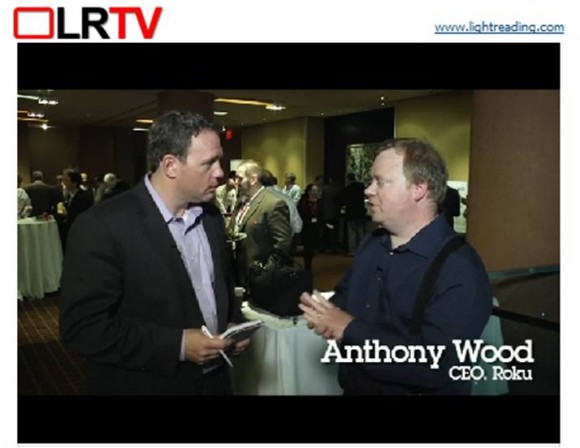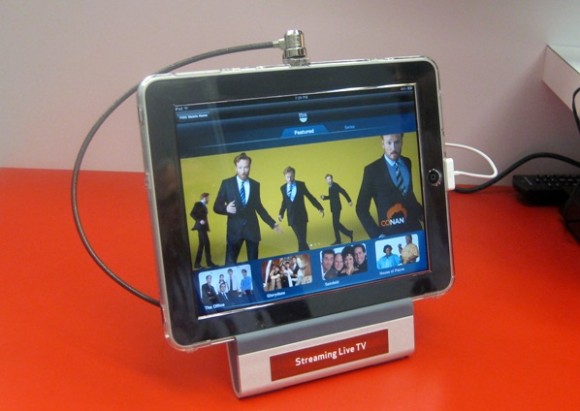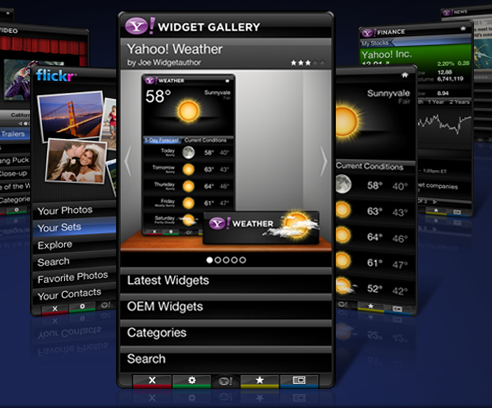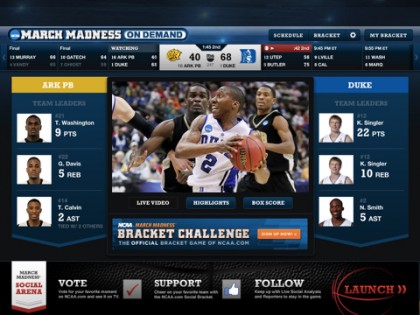
One of the best things about this week’s Light Reading Cable event was Avner Ronen’s unfailingly humorous commentary. That guy could be a stand-up comedian. And in an industry where much is taken far too seriously, a little levity is appreciated.
That said, just because Avner was funny doesn’t mean he didn’t also have some status updates and pearls of wisdom to dispense. Here’s what I got from the Boxee CEO, along with Roku CEO Anthony Wood, and TiVo exec Tara Maitra. For more, check out Light Reading’s own coverage including interviews on Light Reading TV.
Boxee – wants to own the user experience
Avner Ronen still insists Boxee doesn’t want to be a cable killer. Instead, the company wants to own the user experience – not the delivery, the content, or the box. To date, the company has 1.7 million users worldwide, and it plans to use its recent funding round of 16.5 million dollars to license more content, get distribution on more TVs, and most importantly, continue focusing on product development. Avner says that Boxee still doesn’t meet the babysitter test – i.e. the babysitter wouldn’t necessarily be able to watch TV upon encountering the Boxee Box for the first time. However, the company is aggressively working on moving from being a geek-only product to one that’s appealing to mainstream early-adopters.
Roku – wants to be a next-generation video network
I don’t know that I could have articulated Roku’s goal of becoming a next-gen video network before CEO Anthony Wood did yesterday. (Ah, so that’s what the little box that could wants to be when it grows up!) But it’s a noble aim, and certainly one that Roku’s made a good start on achieving. According to Wood, Roku has already shipped more than a million boxes through direct Internet sales, and that number could explode when the company hits the retail big box stores this year. Meanwhile, Wood also noted that customer surveys suggest that new Roku owners are cutting back on cable services at a more rapid rate. Last year 30% of new owners said they downgraded cable service or cut it altogether. This year that number’s already at 40%.
Other Roku notes: Wood says the company will probably have more than 1,000 channels by the end of the year, and it will launch its first international product in 2011.



